 When you put a small book out into the world, especially a book of poems, hope takes unexpected forms, including the graceless prose of a purchase order. Four years after its debut, Looking Up: Poems from the National Cathedral Gargoyles continues to find readers: Two weeks ago, the National Cathedral gift shop ordered its eighth batch of copies, which I packed up and happily delivered by hand.
When you put a small book out into the world, especially a book of poems, hope takes unexpected forms, including the graceless prose of a purchase order. Four years after its debut, Looking Up: Poems from the National Cathedral Gargoyles continues to find readers: Two weeks ago, the National Cathedral gift shop ordered its eighth batch of copies, which I packed up and happily delivered by hand.
Whether bestsellers or self-publishers, most writers observe a taboo against discussing book sales, but I’m happy to share my own experience: So far, I’ve sold nearly 250 copies of Looking Up. That strikes me as pretty darned good for a self-published book of medieval-influenced neoformalist verse with a P.R. budget of zero and only one real-world sales venue. The majority of copies have sold through the cathedral gift shop—and the thought of their visitors flipping through a physical book and then feeling inspired to buy it thrills my old-fashioned soul.
A look at a spreadsheet last week gave me a second piece of good news: This project is now profitable! I’ve told the cathedral I’ll donate 75 percent of the net proceeds to their earthquake-repair fund, and after more profits accrue, I’ll do just that. It may not be the biggest gift the cathedral ever gets, but I’m sure they’ll be glad to receive it.
If you’d like a copy of Looking Up, here’s what to do:
Buy it from me. Email me (jeffsypeck -at- gmail -dot- com) and I’ll get a copy to you. The book is $14, with shipping based on where you live. You can do Paypal, a check, whatever works.
Order it through Amazon (and its international variants: .de, .es, .fr, .it, .uk), Powell’s, or the online retailer of your choice. I’m not always happy with how the cover prints when you order from these sites, but it’s a quick, convenient way to get copies.
Buy it at the National Cathedral. If you’re in D.C., please pick up the book at either of the cathedral’s two gift shops. You’ll be helping to keep it in stock. (If for some reason you’re okay with paying $12 shipping, you can order it through their online store.)
Of the 53 poems in Looking Up, all but two of them began on this blog; you can browse the first drafts of those 51 poems here. I appreciate everyone who cheered on these poems during the three years they bubbled and churned into being, and I’m grateful to everyone who’s picked up a copy of the book since 2012. I’d love to double the current sales over time—and wouldn’t it be something if poetry, and poetry readers, could help replace a fallen stone or straighten a crooked spire?


 A few months ago, I got an email from
A few months ago, I got an email from 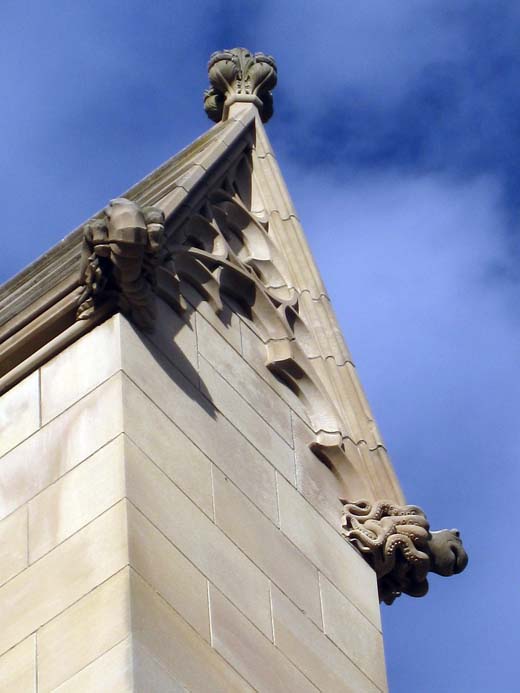
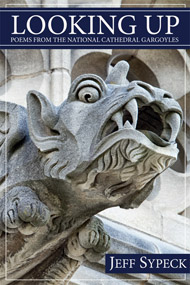


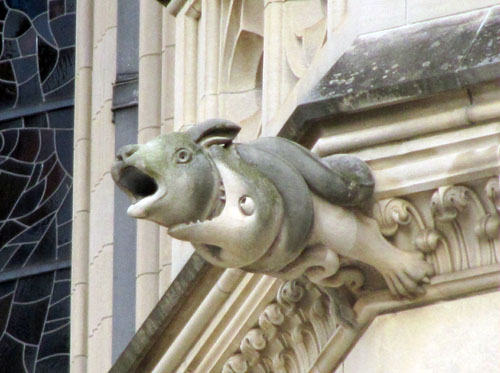
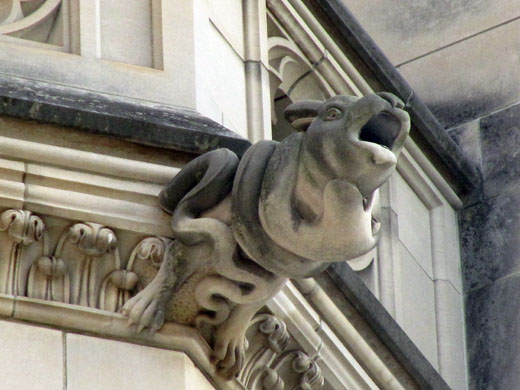

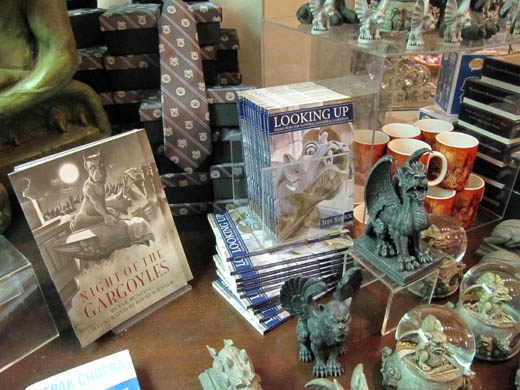

 In 2009, after promoting my
In 2009, after promoting my 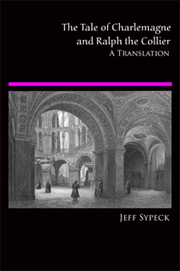
 I’m pleased to announce that Looking Up: Poems from the National Cathedral Gargoyles is now available—just in time for Halloween.
I’m pleased to announce that Looking Up: Poems from the National Cathedral Gargoyles is now available—just in time for Halloween.
